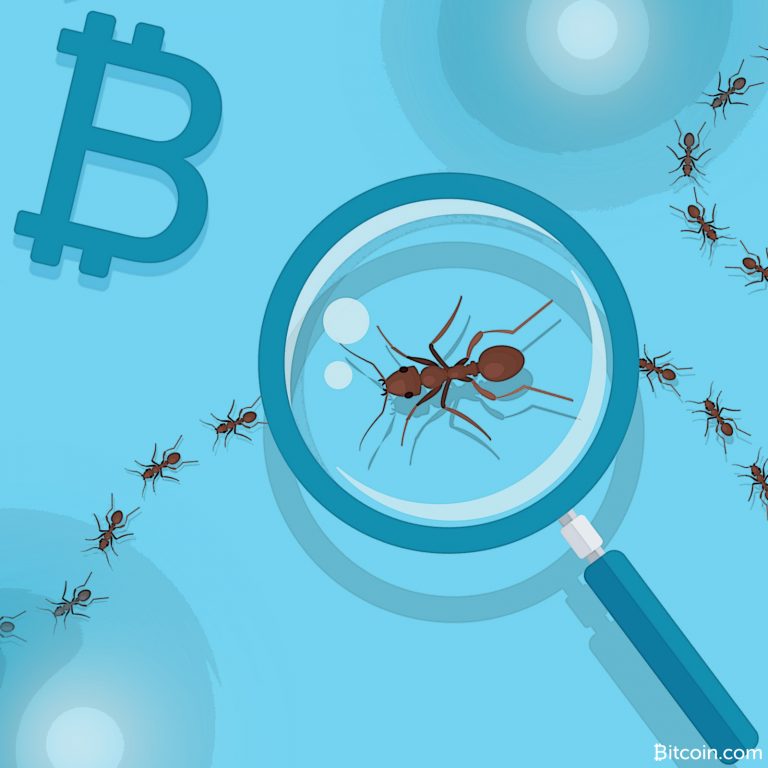2020-9-4 15:32 |
Coinspeaker
How Can Cryptocurrency Users Protect Themselves in the Face of Malware Attacks that Grow More Prolific?
Over the past few days, news of a recently discovered malware called KryptoCibule has been actively spreading on the net. Researchers at cybersecurity firm ESET who discovered the malicious agent have called it a “triple threat” for cryptocurrencies, due to how it functions.
The malware installs an app and uses the victim’s hardware resources to mine coins, tries to directly hijack wallet files as well as replace the wallet address in the clipboard in order to hack separate transactions.
How are users of cryptocurrencies supposed to protect their wallets from such threats? What else should they watch out for if they want to keep their funds and data safe? Here is what several experts have to say on the matter.
Tim Ismilyaev, CEO and Founder at Mana Security, shared his opinion with Coinspeaker:
“It doesn’t seem possible to protect a crypto wallet, not by defending the operating system itself. KryptoCibule spreads through malicious installers for cracked software and games. It is a violation of a fundamental principle of information security — never install suspicious software on your computer from untrusted sources.
It has always been, it is, and it will be the same — you will pay for the paid software. But there are options:
– Pay money to official developers, supporting their business so they will improve the product you need.
– Pay with your computer/network resources to hackers that provided you with cracked software. They will use your computer for crypto mining, network proxying, stealing sensitive data (including money from the crypto wallet).
It’s your choice to pay whom and how.”
Dmytro Volkov, CTO at CEX.IO, notes:
“An attack called “man-in-the-middle” allows criminals to intercept and read data being transferred, as well as tamper with the packets you send. Ways to combat these attacks over the Internet have already existed a long time and have become standard. First among these is the HTTPS protocol, which encrypts data sent by users.
By connecting over HTTPS, users can be sure they have accessed the real site, not a fake. But what criminals often do is force users to connect over the unsecured HTTP protocol instead of the secure HTTPS protocol. It is believed that users can only be forced over to the unsecured protocol when initially connecting, and only by the ISP, such as a home Internet service or public WiFi network. But with Tor, an unsecured connection can also be forced on the user by the exit node, the node where the user actually accesses the Internet. Therefore, by controlling the exit node, a hacker has the same man-in-the-middle attack capabilities as the user’s Internet or VPN service provider.
The Tor network’s anonymity merely adds fuel to the fire: node owners can literally do whatever they want. While ISPs care about their reputations and work to prevent these attacks, with Tor no one is risking anything. And when a hacker joins the connection, they can not only steal data from your computer, but also switch out the wallet address where you send your money.”
How Can Cryptocurrency Users Protect Themselves in the Face of Malware Attacks that Grow More Prolific?
origin »Global Cryptocurrency (GCC) на Currencies.ru
|
|




























